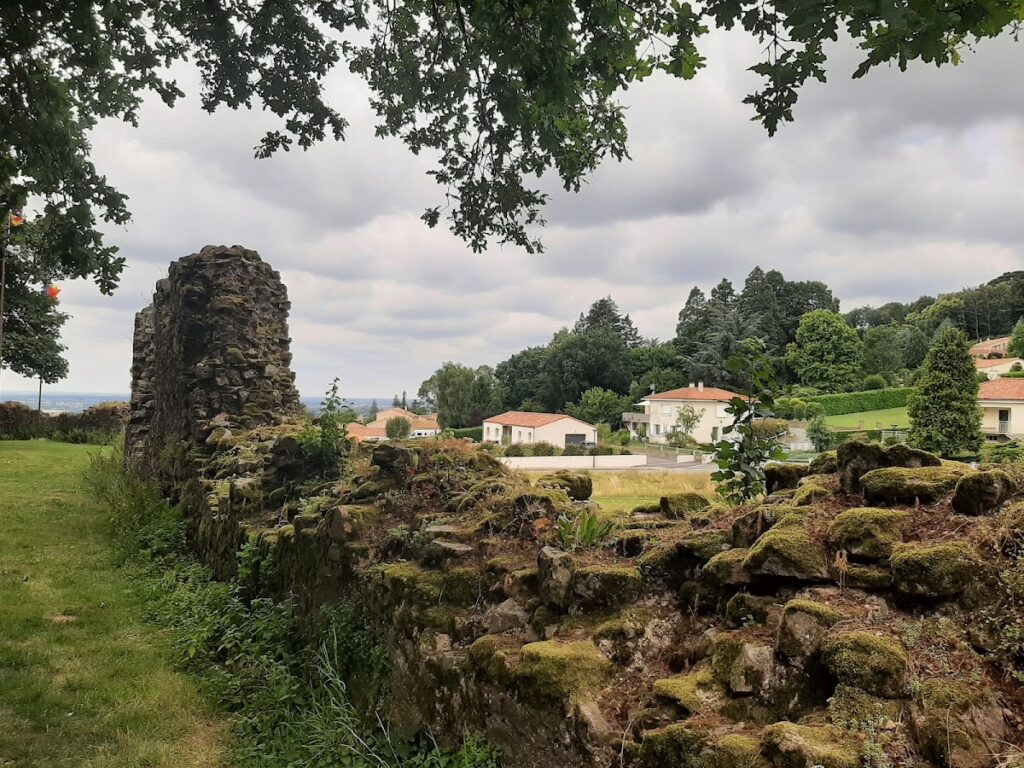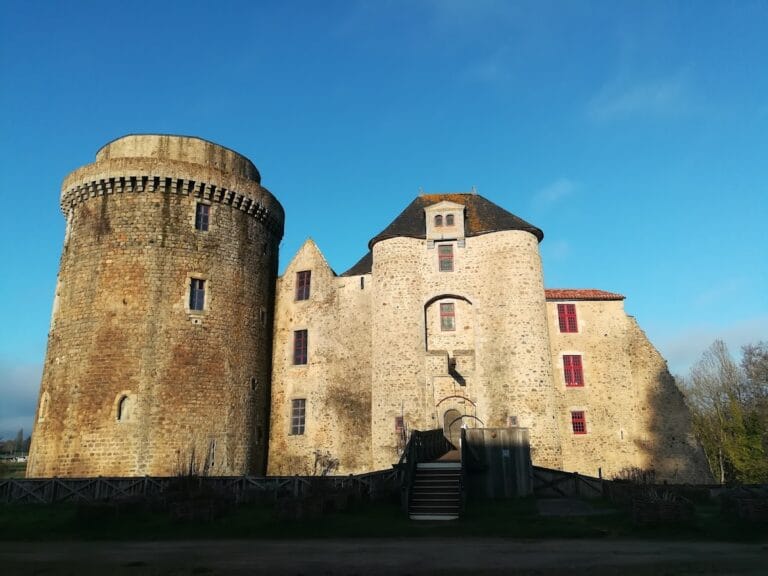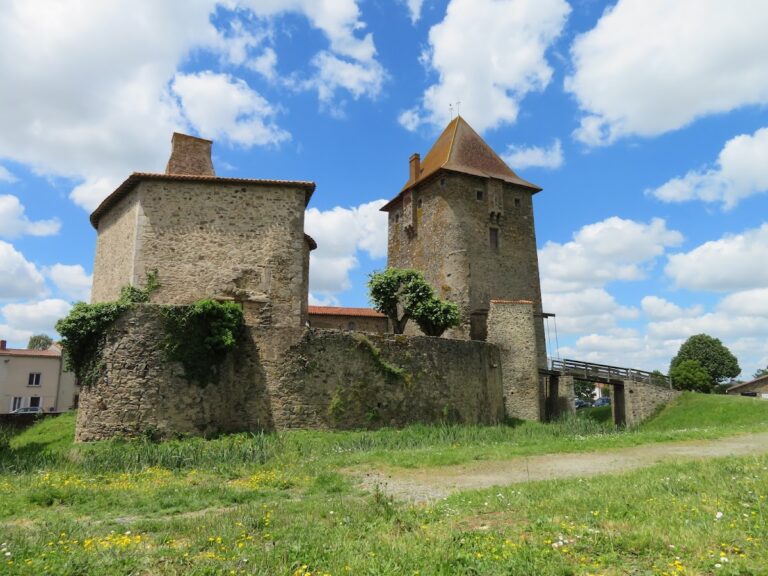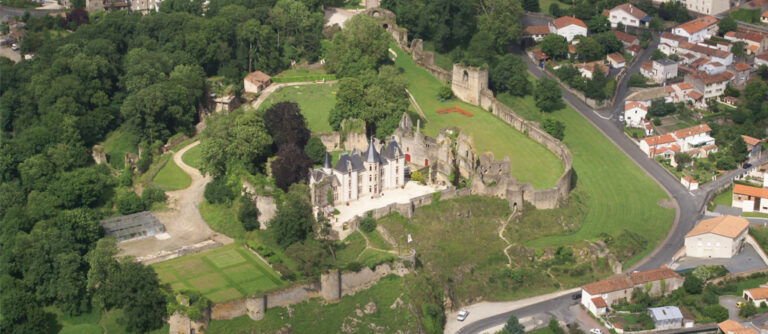Château de Pouzauges: A Medieval Fortress in Pouzauges, France
Visitor Information
Google Rating: 4.3
Popularity: Low
Google Maps: View on Google Maps
Official Website: www.pouzauges.com
Country: France
Civilization: Unclassified
Remains: Military
History
The Château de Pouzauges is a medieval fortress situated in the town of Pouzauges, France. It was originally constructed by the Viscounts of Thouars, a noble family influential in the Vendée region during the Middle Ages.
The site’s origins trace back to the 11th century when the Zacharie family first held possession. Over the following centuries, ownership passed through several noble houses, including the Chantemerle and Mauléon families. From 1239 until 1441, the Viscounts of Thouars controlled the castle, during which period it underwent significant development. The castle’s history intersects with regional conflict when it was surrendered to King Louis IX following the Battle of Taillebourg in 1242. Later, in 1372, the fortress was dismantled by Du Guesclin’s forces amid ongoing hostilities.
In the 15th century, Catherine de Thouars, spouse of Gilles de Rais, lived in the castle and enhanced the residence by adding a new floor to the keep and modifying its interior spaces. Gilles de Rais, however, favored another fortress, the Château de Tiffauges. After the Viscounts’ tenure, the Vendôme family took control in 1441, holding the property until 1560. The subsequent owners included the Gouffier family until 1634, after which it was sold to Louis Grignon.
The castle changed dramatically during the French Revolution when it was sold as national property in 1792. A tragic event occurred during the War in the Vendée (1793–1794), when republican troops executed 31 local men who had sought refuge inside the castle walls on January 26, 1794. A commemorative cross known as the Croix du Massacre stands today in the castle courtyard acknowledging this event.
In the 19th century, the castle was bequeathed to the Bagneux family in 1849. Recognizing its historical value, authorities classified the Château de Pouzauges as a historic monument in 1862. Restoration efforts began in 1970, and the town of Pouzauges acquired ownership rights in 1988, continuing work to preserve the fortress.
Remains
The Château de Pouzauges occupies a fortified enclosure approximately 120 meters by 85 meters, located atop a hill overlooking the town below. The current defensive walls, constructed in the 13th century, likely replaced an earlier fortification. These walls form an oval shape reinforced by a dozen towers and are connected by curtain walls, reflecting the Romanesque civil architecture characteristic of the Bas-Poitou region.
Dominating the ruins is a large keep, rising more than 25 meters tall. Long believed to date from the 12th century, recent carbon-14 analysis has revealed its construction occurred in the 11th century. This substantial quadrangular tower features robust turrets at its corners and along the middle of each facade, which served as strong buttresses. This design aligns with the regional Niortais architectural style. The keep originally had a fortified entrance enhanced by a gatehouse or barbican, intended to defend against attackers.
Outside the keep, a third defensive wall known as a chemise encircled the tower. Its purpose was to complicate enemy attempts to tunnel under the walls, a common siege technique of the medieval period. Near the castle entrance stood a small church, now lost to time, and attached to the ramparts were stables to accommodate horses and servants.
During the 15th century, Catherine de Thouars made notable alterations to the keep by adding another floor and fitting a spiral staircase that connected all levels, improving both its defensive and residential functions. She also transformed the narrow arrow slits into windows, increasing natural light inside the tower.
Archaeological excavations conducted between 2017 and 2019 uncovered Merovingian artifacts at the site, indicating the area’s occupation long before the medieval fortress was established. Today, the keep remains heavily ruined but continues to dominate the landscape, while remnants of the curtain walls and towers offer insight into the castle’s complex defensive system. The Croix du Massacre in the courtyard serves as a historical marker linked to the events during the War in the Vendée.










